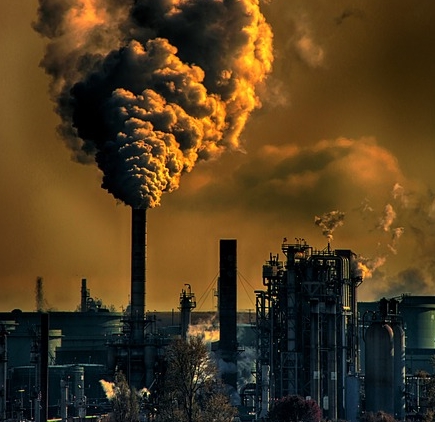Carbon emissions refer to carbon-containing greenhouse gases released into the atmosphere during human activities such as industrial production, transportation, and agriculture, mainly including carbon dioxide (CO₂), methane (CH₄), carbon monoxide (CO), etc. Among them, carbon dioxide emissions are the largest and are one of the main driving factors of global climate change.
Sources of carbon emissions:
Fossil fuel combustion
The burning of fossil fuels such as coal, oil and natural gas for power generation, transportation and industrial production produces a large amount of carbon dioxide. For example, gasoline cars, coal-fired power plants, steel and cement manufacturing are major sources of carbon emissions.
Agriculture and animal husbandry
Fertilizers used in agricultural activities and methane produced during livestock digestion are also important sources of carbon emissions. Rice fields and swamps can also release methane under certain conditions.
Deforestation
Forests are important carbon sinks in nature, absorbing carbon dioxide through photosynthesis. Deforestation leads to a decrease in carbon storage, and the stored carbon dioxide is released when trees are burned or decay.
Industrial production
Some industrial processes themselves directly produce a large amount of carbon dioxide, such as the production of cement, steel, chemicals, and mining.


